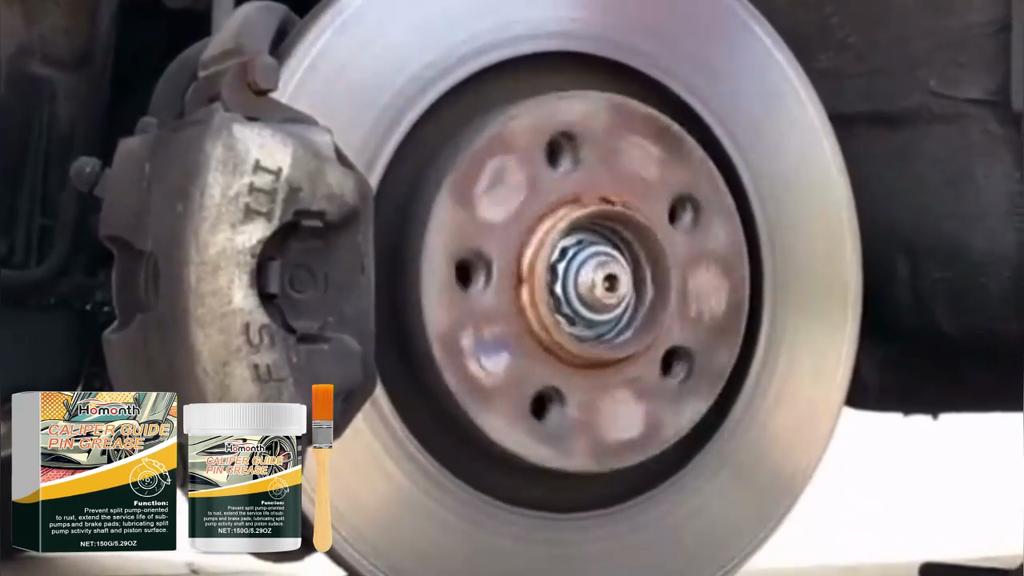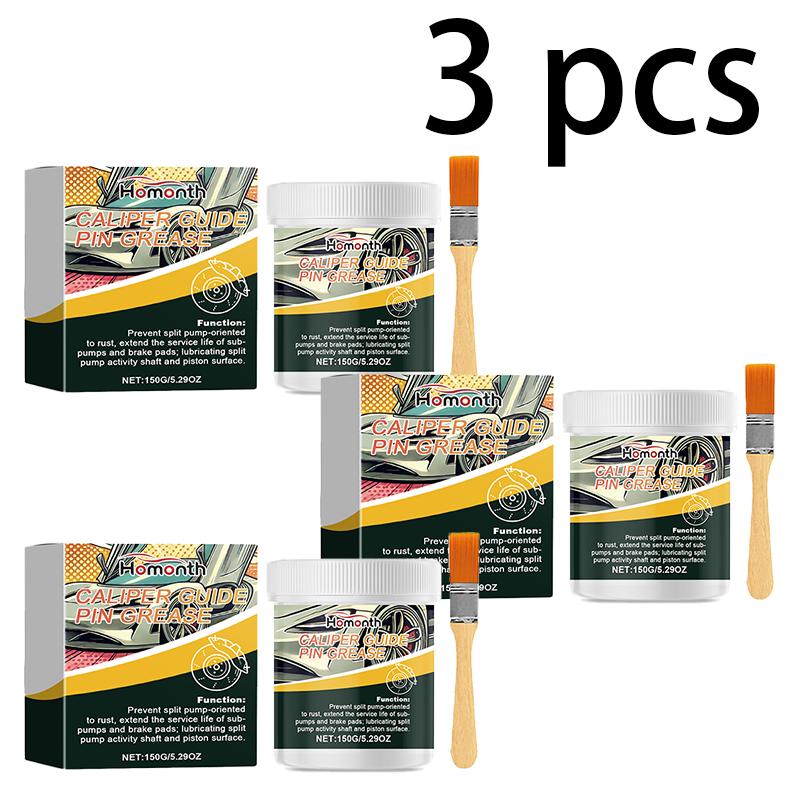Homonth Automotive Brake Caliper Grease utilizes an advanced formula whose core ingredients include silicon dioxide and polydimethylsiloxane. Silicon dioxide has good abrasion resistance and stability, and can form a strong protective film on the brake caliper surface, effectively reducing friction and wear. Dimethicone, on the other hand, has excellent lubricating properties and high temperature resistance. It maintains stable lubrication in high temperature environments and ensures that the brake calipers run smoothly in all operating conditions.
This grease offers a number of significant advantages. It minimizes friction and wear, resulting in smoother braking operation. During the braking process, the brake calipers need to frequently clamp and release the brake discs. Without effective lubrication, the friction between the calipers and the guide pins will be high, which will lead to unsmooth braking operation and even stalling. After using Homonth Automotive Brake Caliper Grease, a smooth lubrication film will be formed on the surface of the guide pin, which reduces the friction resistance and makes the braking operation more sensitive and smooth.
Homonth Automotive Brake Caliper Grease also extends component life. By reducing friction and wear, the service life of brake calipers and their associated components is significantly extended. This not only reduces maintenance costs, but also reduces the risk of brake failure due to component damage, contributing to safer driving conditions. At the same time, its high temperature resistance ensures that the grease will not be lost or deteriorate under prolonged braking or high temperature conditions, and will always maintain effective lubrication.
Using Homonth Automotive Brake Caliper Grease is simple and easy. Before use, clean the surface of the brake cylinder guide pins to ensure that they are free of grease, dirt or other contaminants and that they are dry. This step is very important because the presence of contaminants can affect the grease's adhesion and lubrication performance. After cleaning, use a brush to apply the brake cylinder guide pin grease evenly to the surface of the brake cylinder's guide pin, making sure the grease covers the entire pin. It is important to note that the grease should not be applied to the friction material of the brake pads, as this may affect the braking performance and lead to brake failure. In addition, do not mix the grease with other greases to avoid chemical reaction and affect the lubrication effect.













































